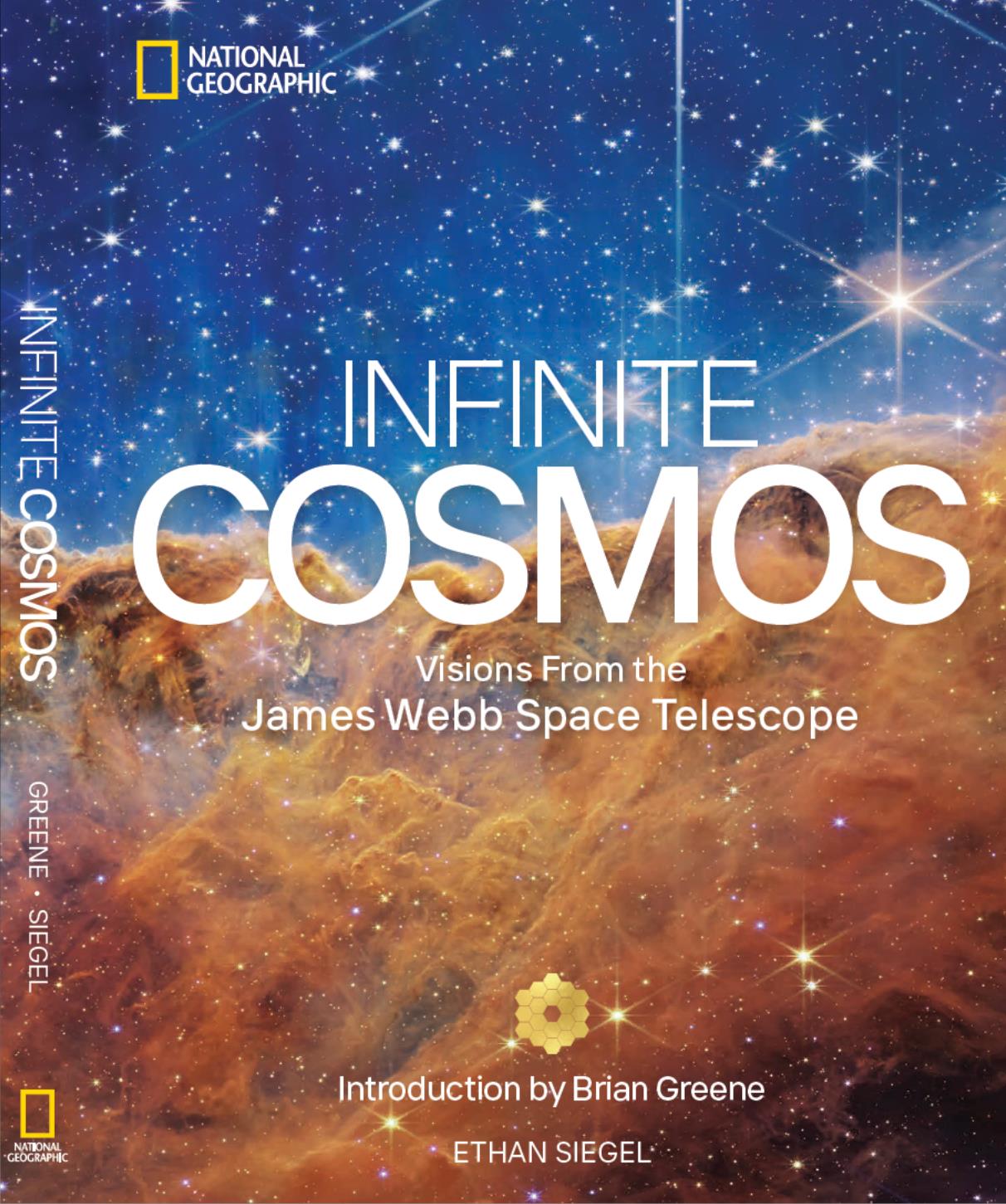How the First Planets Formed

What’s the Latest Development?
Two physicist at Washington University in St. Louis have put forward a new theory for how the planets in our solar system, and planets in general, were formed. The conventional model holds that early celestial matter formed a hot two-dimensional disk which would eventually became solar systems like ours. The new theory argues for a cold, three-dimensional space which, say the physicists, can better account for why rocky planets sit closer to the sun than gaseous plants and can better explain our moon’s existence.
What’s the Big Idea?
The model of hot solar systems is at odds with images captured by the Hubble Telescope, which show far-off nebulae producing stars in a three-dimensional environment without great heat expenditures. While it is true that the collapse of matter into planets releases heat, the process is comparable to a freezing glass of water. When water freezes, heat is given off because of the order made by the crystals. But the heat is obviously not enough to heat the glass. Similarly, the solar system extracted only the heat it could contain.
Photo credit: shutterstock.com





